Why You Can’t Shop Your Way to Sustainability
6 years ago by
It’s a question I get asked often. I always know it’s coming, and just the anticipation of it makes my stomach turn. When people know that I am a sustainability professional focused on the fashion sector, they will invariably ask, “So, where do you shop?”
I hate the question, because I don’t, in fact, have a ready-made answer – a list of go to brands, materials, or companies to support.
The information I have gathered over the years is steeped in academic research on the environmental impacts of all of our fiber options and my experiences travelling around the world researching the industry. It’s taken me from cotton fields in Texas, to denim factories in China, to the second-hand markets of Africa (yes, that is very often where our clothes end up when we donate them or bring them to clothing giveback programs). In totality, everything that I’ve learned does nor accumulate in an easy elevator-pitch response. (Sorry, I know, that’s annoying, but read on, I promise not to leave us hanging.)
I have a hard time answering the question, because the premise of the question – that shopping is what solves sustainability – is off. Because of sustainability marketing, there has been this notion that has developed that clothing can be 100% sustainable, if just the right materials are chosen. Yet, the science tells us that this is wrong. To make a garment, even the most “sustainable” one, say made of recycled fibers, still has an enormous environmental (not to mention social) footprint.
Let us briefly walk through what goes into making even a simple cotton button down shirt: You have to grow the cotton (using a lot of water and pesticides/herbicides); you have to gin that cotton (which separates the seed from the fluffy white fiber); then that cotton fiber has to be transported to a mill (often this involves shipping across continents); then that muck of cotton fibers has to basically go through what amounts to a fiber version of a blow dry getting all of those fibers pointed in the same direction; then they have to be twisted into yarn; then that yarn has to be placed on a warping machine; then starch is added for strength; then the yarn is woven, now we finally have a textile; then that fabric is scored, meaning the starch is removed (that’s another chemical process); then the fabric is bleached and mercerized, (yet more chemical processes happening at hot temperatures); and then it’s dyed (fibers don’t just absorb dyes on contact, this also has to happen under high heat conditions). All of these weaving and heating machines require a lot of energy and most of our textiles are made in China, which relies on coal-based energy. So well, I think you’re beginning to get the picture, it amounts to an enormous environmental footprint.
If you have recycled fiber, you cut out the cotton growing bit but, in its place, you have another energy/chemical intense process to get the old fiber broken down and made into new yarn and then you still pick up the rest of those steps. (And if you want to really geek out, check out this YouTube video that’ll walk you through that). It’s why the academic literature on the subject is not conclusive (also because the impact from energy changes dramatically depending on what energy supply – coal or renewable – is being used). Although there does seem to be consensus that recycled synthetics (like those recycled plastic bottle clothes everyone seems to be talking about) have a larger climate footprint than any natural fiber.
It is all of these steps and the prodigious amount of clothing that we’re going through that has made the clothing industry account for nearly 10% of the world’s entire carbon footprint. And, if we do not change course, it is on a path to account for 25% of the world’s carbon budget by 2050. So, you see how I have a hard time with the question?
We will not shop our way into sustainability.
The better question, I think, to ask ourselves is: how should we get dressed? Wear nothing. Just kidding (the world is going through tough times, we must laugh to get through it). No, seriously, instead of shopping by brand, I spend much more time thinking about a style that feels like me. We look up to the french because of their style, and I think it’s in part because they are less trend focused and more focused on their individuality, curating their own less mutable style. Today, for instance, I am wearing jeans that I bought in college (yikes, that makes them about 15 years old) and a button down shirt made of japanese woven cotton from a wonderful emerging designer, Maheen Khan, from her label Monokrome in Bangladesh. She is trying to advance a sustainability conversation in a country that produces an enormous amount of damaging fast fashion. The shirt fits me perfectly, I will wear it for a long time, and it makes me happy as I have such a positive association from that trip.
I also realize that I am one in 7 billion people on the planet and we all wear clothes. While personal buying decisions are important modeling for what is normal (ie showing that we can still be stylish and not have new things all the time), the way we can make a significant impact is by having our voices heard by the companies that produce the most clothes.
It is for this purpose that we at New Standard Institute have launched a petition asking the largest fashion brands to analyse and disclose their environmental impact, set targets to reduce that impact, and demonstrate what they are doing to achieve those targets. You can help us in these efforts by signing on, here. It doesn’t take many people to get companies to listen and act. (And I would be remiss to point out that voting on environmental lines – like the NRA does for guns – is another way to have an outsize impact on the environment).
We live in deeply challenging times from the rise of nationalism and the rise of global temperatures, but there are actions we can take (and those we can withhold from) that will steer us in the right direction. Active citizenship is the true path to sustainability. So what and who are you wearing?























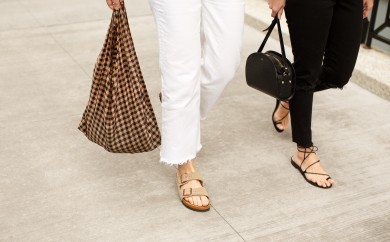
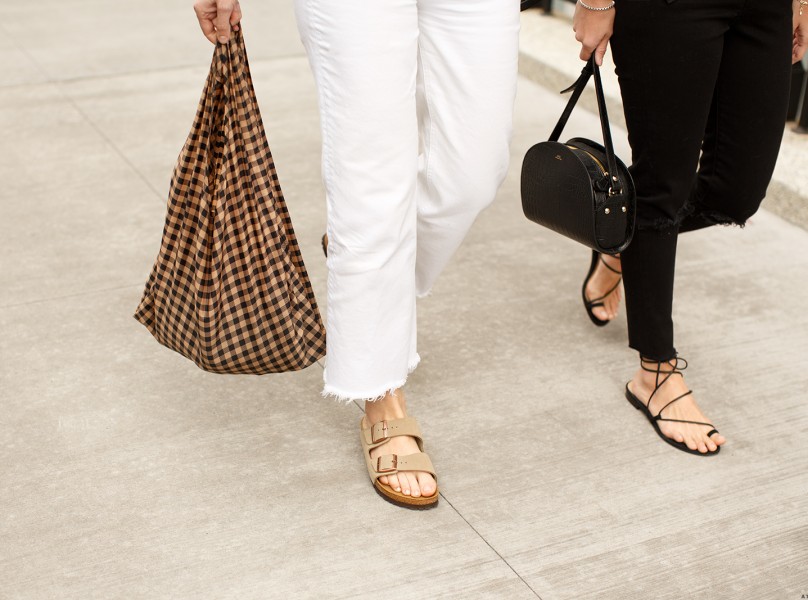
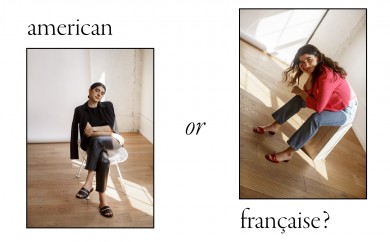
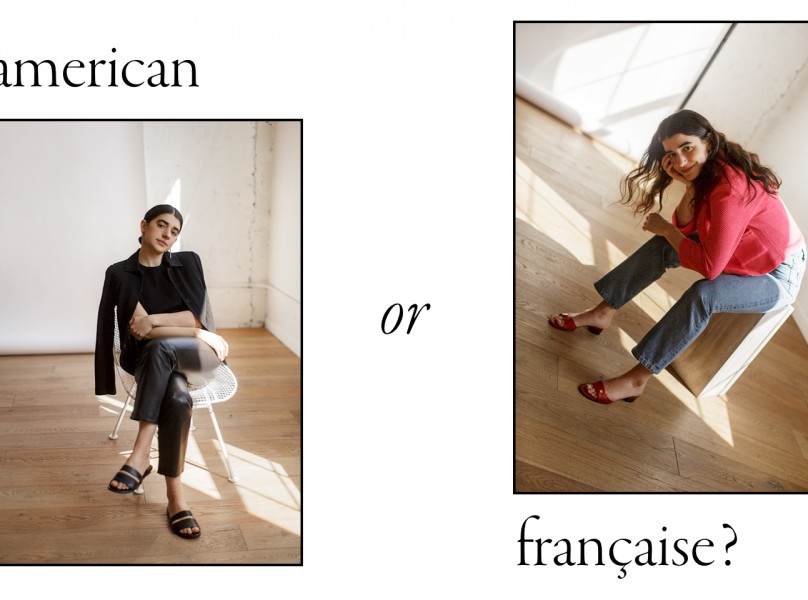
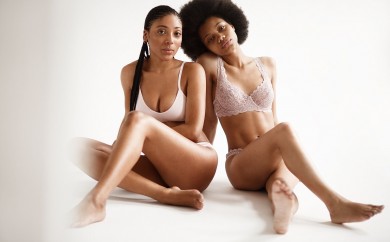
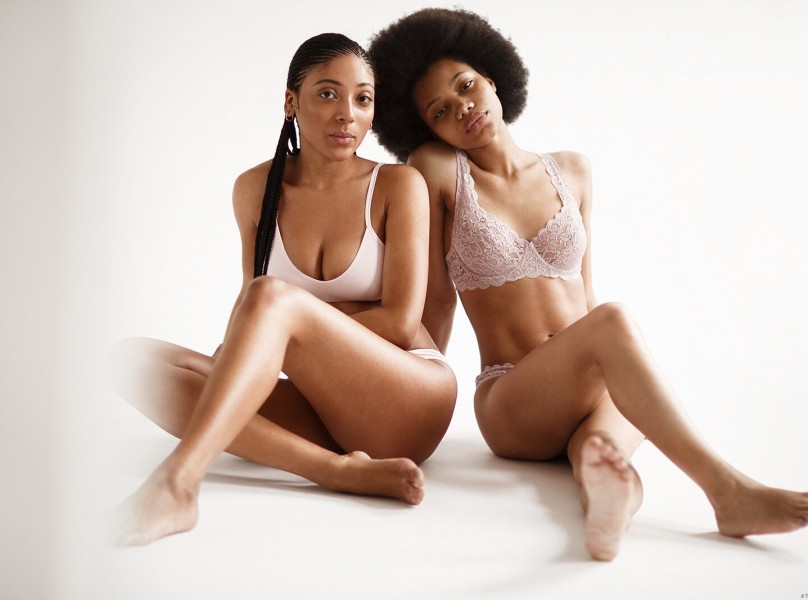








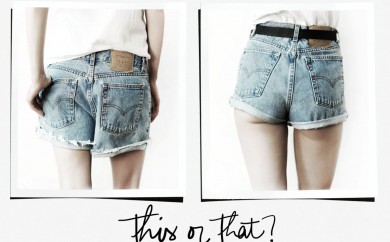
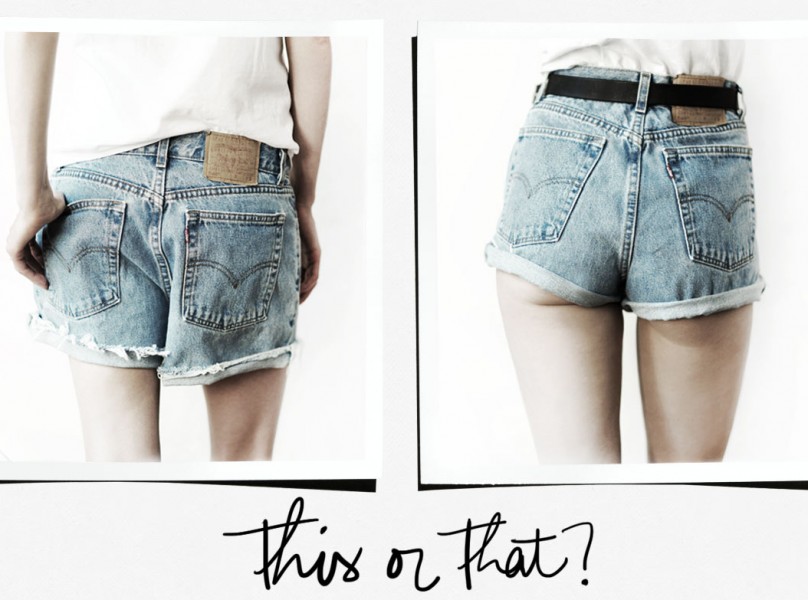


















Thank you for making me more aware. Team Dore, I love these types of pieces. I hope you do more of them.
This is an excellent explainer. Very thorough and nuanced.
I lived in Africa and saw the second-hand clothing market; the important thing is that people there just don’t have lots of clothes, they take care of what they have, they tailor it to work for them. Now they are so awash in our cast-offs that they refuse them.
Second-hand is the most environmental option. Give that stuff a second life. Like you, I have some museum pieces in my wardrobe. My older clothing is of much better quality than the newer stuff, even if I had less money back then and didn’t buy high-end stuff.
In Mumbai- India, Fashion Street is good place to find out your answer. Do visit.
Such an excellent post! People always say they can’t afford to be sustainable because sustainable brands are expensive but they totally forget about the second hand clothes. Using the clothes that already exists- that’s the way!
Thank you for he article, simple and honest. It is difficult issue, I’m like you I like quality clothes and don’t buy every fad going. I don’t like going into shops like H&M, primark, actually the Gap where there is SSSSSOOOO much clothing, is there a need to produce on this level. Where is the excess dumped.? The smell walking into some of these shops just so chemical.
I wonder is the way forward is for manufacturers to produce less, and dare I say reduce the profit margins because let’s be honest this is where it all lays.
I love this piece! I am struggling with reducing my footprint related to clothing as well.
Buying less, repairing damaged items, tailoring clothes that don’t fit and shopping second hand seem like the best options to go forward. However, these can be time consuming. At first, I limited myself to real second hand shops, but now I am trying online second hand platforms as well. Although the shipping footprint can be larger, I do think it is better than getting new clothing (especially fast fashion).
Now I am looking into ways of making it more fun and less forced. I get so much more pleasure out of wearing things that have a history. Also, the quality of vintage clothing!! Wool things are my favorite, wool skirts, sweaters and pants.
Team Doré: I would love to read more on sustainable style: Approaches to buy less, vintage clothing shopping (best investment pieces), how to decide on your style beyond one season etc.
These days I mostly shop secondhand out of choice. I’d love to learn more about how doing so makes a difference. How can we pressure manufacturers to make changes production and output?
Un article intéressant. J’aime la notion de style stable : savoir ce que l’on aime, choisir ce qui dure.
Bravo! C’est une très belle initiative dont on a tous vraiment besoin dans l’industrie.
Le premier pas reste quand même celui d’acheter moins, même si quand je dis cela ça va à l’encontre de tout business. En fait c’est le point d’orgue ” Buy less , choose well ” . ça demande une vraie prise de conscience de ses propre ressorts et modes de consommation. Ça demande de devenir plus “austère” soi-même ( “en ai-je vraiment besoin?”) et cela n’a rien de facile, mais plus il y aura d’initiative comme celle-ci plus la prise de conscience sera collective!
Love this piece. I have been on my own journey to consuming less. not quite there but getting better at it by examining what drives me to shop. also as I get older I do find it more important to not only focus on better quality, but also to dress for your body. I don’t know what the answer is to solving this issue because there are many reasons people use shopping to “fill” what they feel is lacking in their lives.